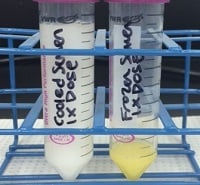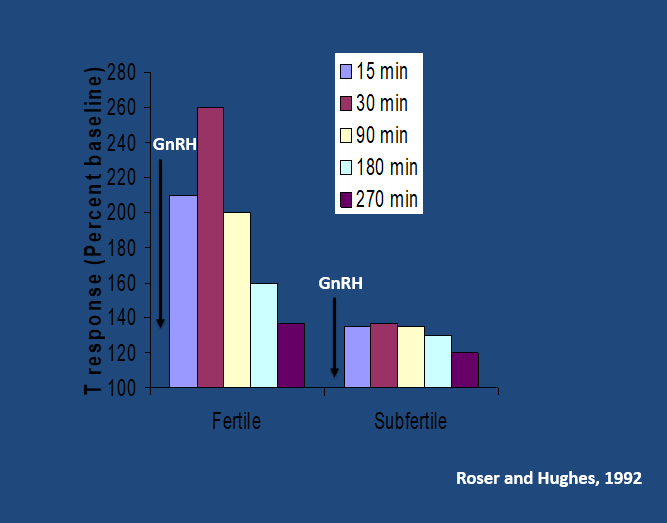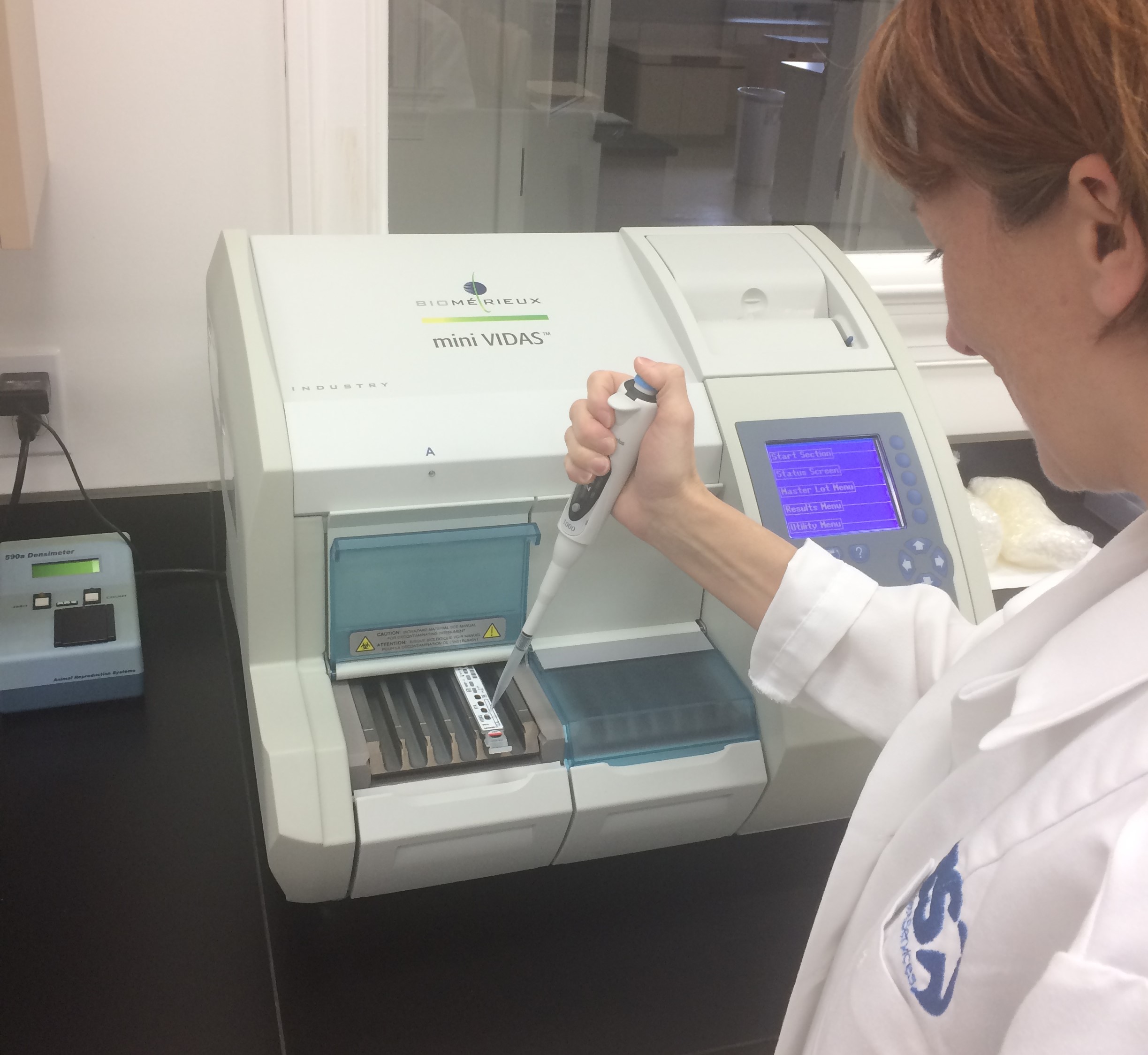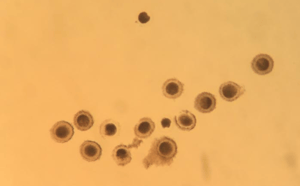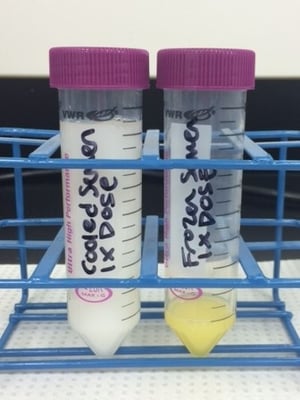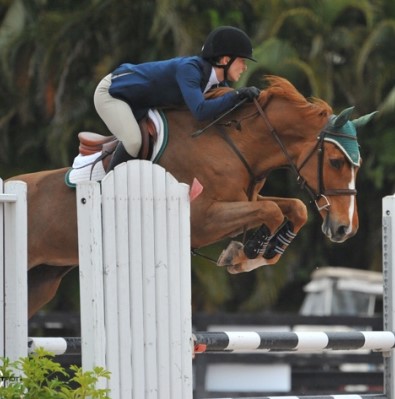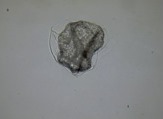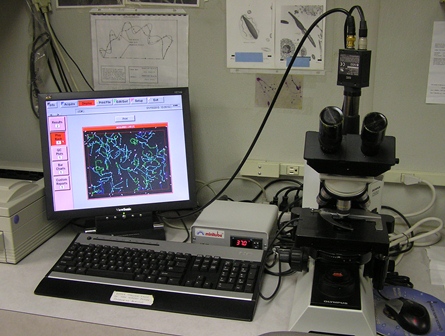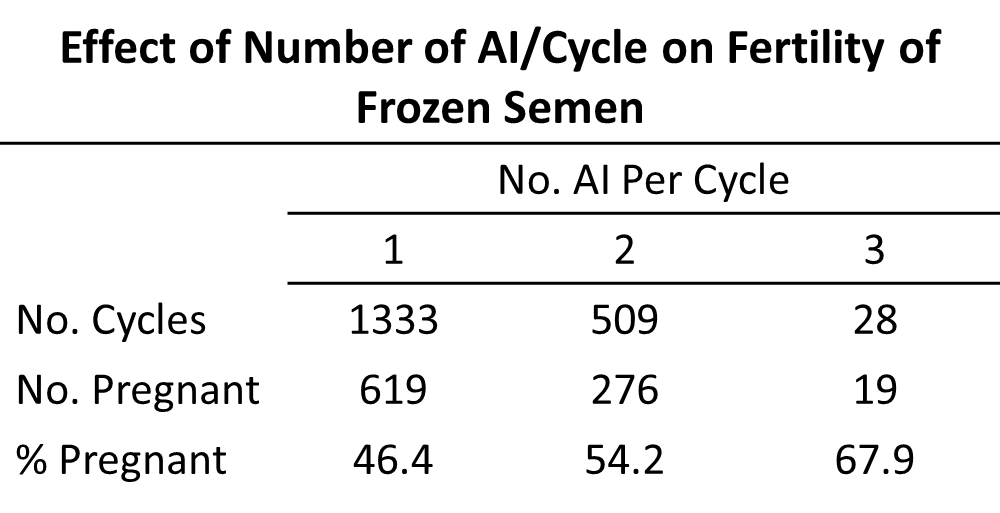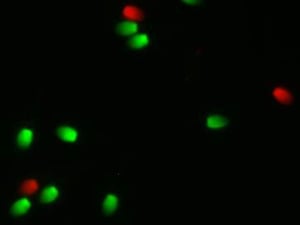
Those of us who work with stallions are routinely asked to determine a stallion’s fertility prior to breeding mares or to investigate the cause of low fertility. Often this requires sending the stallion to a specialized veterinary clinic or a veterinary school. Advances have been made in stallion fertility evaluations through the use of computerized sperm motion analyzers (CASA) and flow cytometry.
